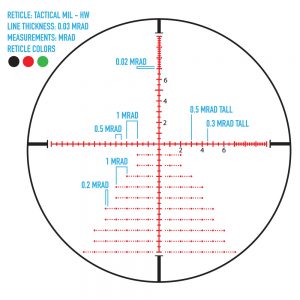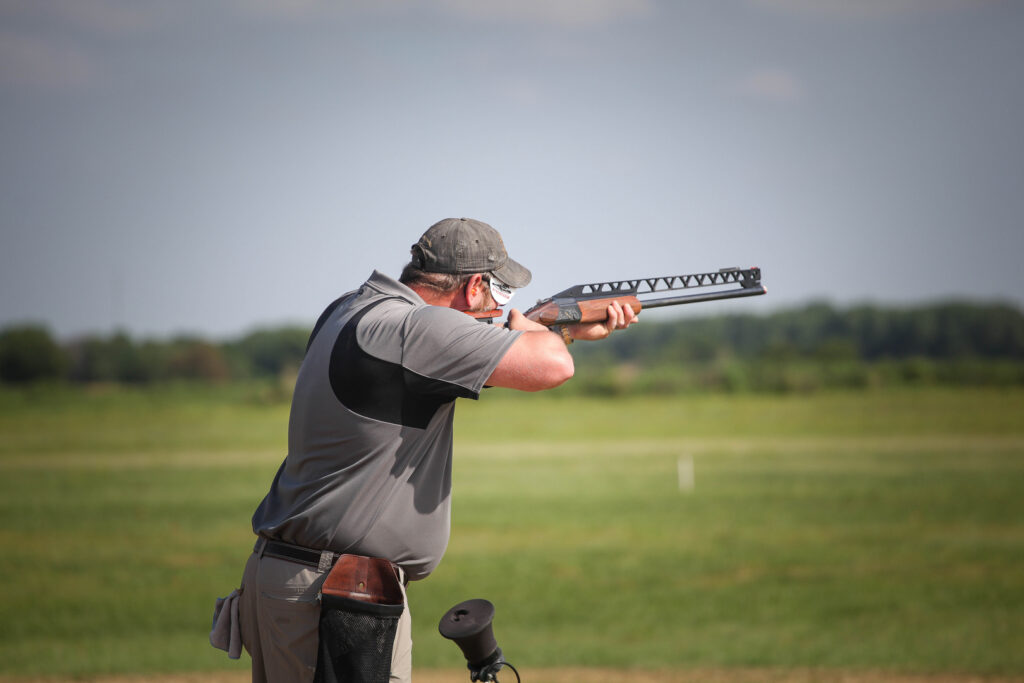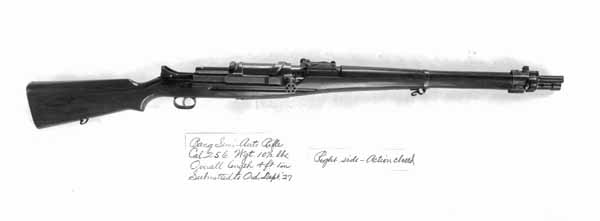This past summer I fell in love with my new “Go-To” firearm, the Robinson Armament XCR-M. If your unfamiliar with this platform check out my previous articles, you won’t be disappointed. I ordered my rifle with long distance shooting in mind. The XCR-M is accurate, stable, and low recoiling, however it needs a good optic to expand its capabilities as a precision long range rifle. Selecting the right optic is not an easy task. A quick google search for “rifle optics” gave me hundreds if not thousands of possibilities.
Best way for me to narrow down the search result was to identify the role the firearm and optic combined would fill. What did I want to accomplish with the scope? Being a highly competitive person who thrives on competition, I was drawn to The Precision Rifle Series. To be competitive I had to find the right optic to compliment the accuracy and ease of shooting provided by the XCR-M.
My rifle and optics combination needs to make consistent, repeatable hits at 1000yds. A conventional red dot optic won’t cut it for this type of shooting. My criteria for selecting the right optic might be slightly different than yours. As I age I find I need a little more magnification than I used to.
Advertisement — Continue Reading Below
Defining the Optics Purpose
Knowing I needed something with more magnification than my classic 3-9 hunting scope, I narrowed my search to scopes with at least 20x magnification. I tried an SWFA fixed 20x scope and really liked it at first, however I found it has a weakness. Targets closer than 200 yards were difficult to acquire quickly. In a competition speed is life. One needs to quickly acquire and identify their targets. Thus the need for a variable magnification optic that can identify targets up close and at distance.
Secondly, I needed the right optic to have ultra clear glass from edge to edge. If the glass has any distortion, fog, or glare it becomes difficult to identify and make precise hits. Different manufacturers achieve clarity differently. Many manufacturers rely on special coatings to keep the distortion and glare to a minimum while others only use the best materials. Usually the higher the price the clearer the glass.
Important Features In My Search
The reticle is another critical feature.  Typically this comes down to user preference. I prefer a Mil-Dot reticle which will allow me to adjust quickly for windage and elevation. Instead of changing the magnification between shots I can just holdover. A huge time saver when shooting a stage.
Typically this comes down to user preference. I prefer a Mil-Dot reticle which will allow me to adjust quickly for windage and elevation. Instead of changing the magnification between shots I can just holdover. A huge time saver when shooting a stage.
Advertisement — Continue Reading Below
Adjustment knobs, turrets, are also very important. I prefer turrets to be calibrated to match the reticle. It is possible to get a Mil-Dot reticle with turrets in MOA. Not something I prefer. If my reticle is Mil-dot I want my turrets in Mil-dot as well. If possible I want to be able to lock the turret at my rifles zero. Allowing me to reset the rifle to zero between every stage and adjust for distance quickly.
The elevation turret is the most used so it needs to be sturdy and precise. If a target requires a 5 mil adjustment it should adjust it precisely 5 mils. If it were to adjust 4 mils this time and 4.2 mils the next time my shots would turn into misses. Especially at extended ranges.
Tube diameter is also important. Typically a scope with a larger tube has more elevation and windage adjustment. It allows for more light transition, making the target clearer under varying light conditions. Common scope diameters are 1”, 30mm, and 34mm.
Advertisement — Continue Reading Below
Optic Requirements
With the above information in my head I set out to find the right optic for the job. I don’t have an unlimited budget so the expensive scopes are out of the picture. Although I really want all the features found in the $3000 to $5000 scopes they are unrealistic for me to look at.
I started my search for something with ultra clear glass, a clean easy to use reticle, and precise turret adjustments. I looked for something that had plenty of elevation adjustment, but I was willing to use a 20 MOA base if I couldn’t find what I wanted in my price range.
A friend got his hands on a Sightmark Pinnacle 5-30×50 Riflescope. He told me it was exactly what I was looking for and within budget. I was impressed. It has a 34mm tube, adjustable turrets calibrated in .1 mil, and magnification up to 30x. The glass is super clear. Looking at my house from across the corn field I could clearly read the house numbers above the garage. It looked and felt sturdy, but would it perform on a gas piston gun on targets out to 1000yds?
Advertisement — Continue Reading Below
Range
As to eliminate any human error while sighting it in and testing the precision of the turrets I did all my work at 100yds. I did not bore sight it so I knew it would take a few shots to get on paper. The first few were a good 2 feet low. A few twists of the turret and it was hitting paper.
Adjusting the turrets I they felt solid and crisp. Every click seemed perfectly spaced. The clicks were easy to hear and feel. Once my hits were centered I set the zero in the turret. To test their ability to return to zero after every use I quickly and violently cranked it all the way up and all the way back to zero several times. Surely if there were any slippage it would show up when I re-confirm my zero.
The next 3 shots all hit the center of the target. The turrets held up to the abuse and the scope retained zero. I also like to pick up the rifle by the scope and shake it violently. I want to see if the scope will hold up to being bumped or shaken, especially during transport. It passed that test too.
Advertisement — Continue Reading Below
Thoughts on the Pinnacle
The reticle of the Sightmark Pinnacle is extremely crisp. The lines are solid and smooth. The Mil-dots are easy to see. Holdovers were simple. Just pick a dot and that’s where it hit. One big advantage that was not on my list is a illuminated reticle. I have the choice of red and green with varying intensities for different light and weather conditions. Sometimes my eyes have difficulty with a lit reticle. They tend to get fuzzy or show ghosting. The Pinnacle did exhibit any ghosting while at the range. The reticle kept the shots right where they were supposed to be.
I found I like the magnification set between 15x and 16x as this seems to be the sweet spot where the reticle fills the entire lens. This is right in the middle of its range and would be a good spot to keep it as adjustments either way are quick, easy, and repeatable.
The 50mm objective lense allows for lots of light to pass through the scope. Even in low light conditions I was able to see my hits at the full 30x magnification.
Advertisement — Continue Reading Below
A quick internet search shows most places sell the Sightmark Pinnacle for around $1200. When you compare its features and ease of use to other scopes in the same price range The Sightmark Pinnacle is a no brainer. If it did not say Sightmark on it I would have thought it was a Nightforce or Vortex. The price point leaves lots of room for me to afford ammunition, and have a little left over for a Kestrel. Look for a review of the Kestrel in the future
Conclusion
Overall I am incredibly pleased with this offering from Sightmark. It passed all of my tests with flying colors. It held zero, turrets adjusted precisely, the glass is clear, and the reticle is crisp. I wish the finish were a little more durable. My scope developed a scuff mark during shipping that did not buff out, and seemed pretty easy to scratch.
A few slight blemishes does not affect how it functions. It is a Tactical scope designed to deliver precision in any conditions. It is recommended by the National Tactical Officers Association, and I put my stamp of approval on it as well.
Advertisement — Continue Reading Below















